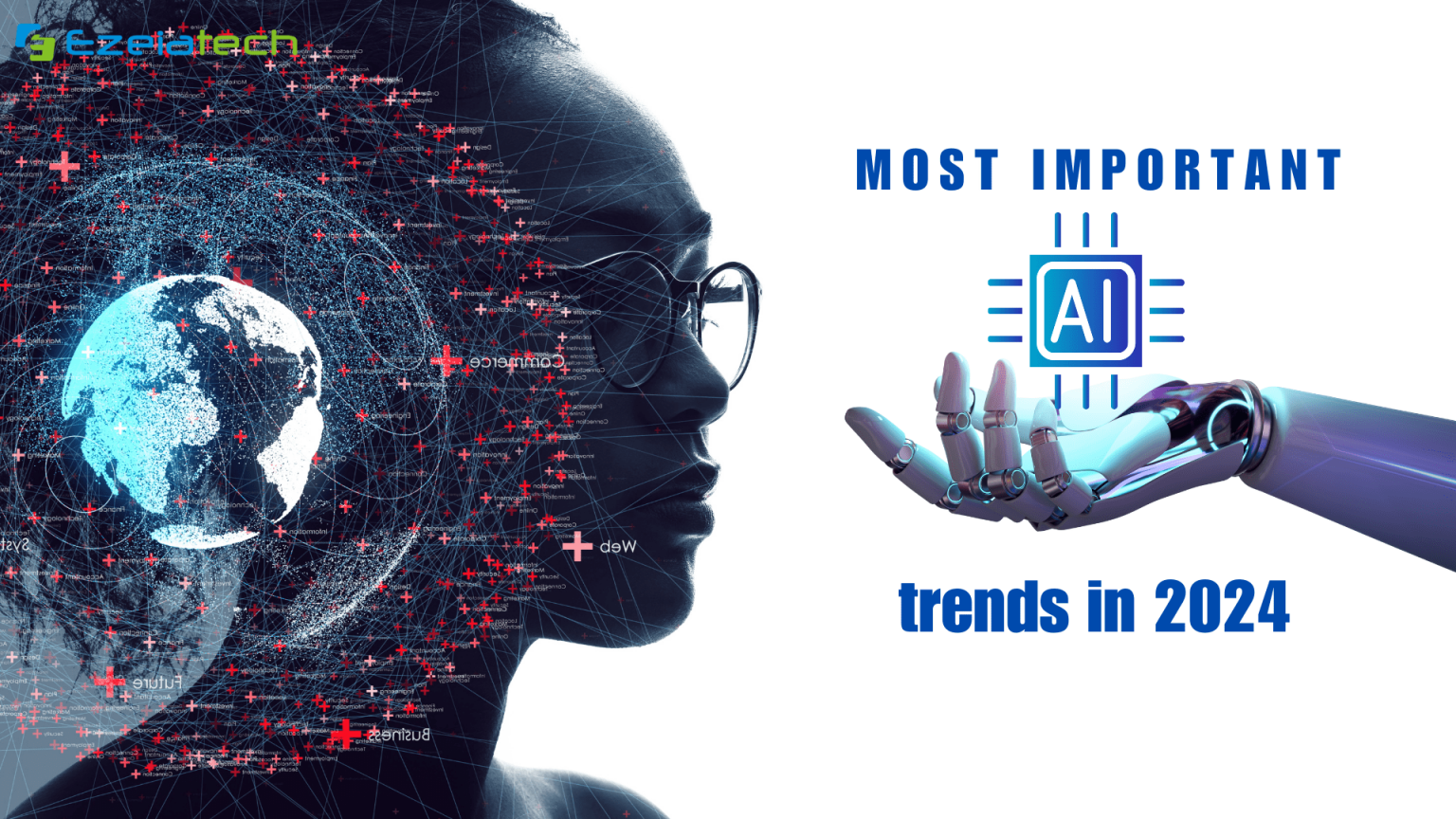As we progress further into 2024, the landscape of artificial intelligence (AI) continues to evolve at a rapid pace. From groundbreaking model optimizations to the strategic management of AI resources, staying informed about the latest trends is crucial for businesses and tech enthusiasts alike.
1. AI Hardware and Infrastructure:
The surge in demand for AI capabilities has led to a notable increase in the need for GPUs (graphics processing units). Companies are striving to bring AI capabilities in-house, resulting in a "run on GPUs" that pressures both production and innovation in hardware solutions. This trend emphasizes the necessity for cheaper and more accessible hardware solutions to support AI development.
2. Cloud Dependence and Cost Management:
Many enterprises rely on cloud providers to handle their AI computing needs, mainly due to the high costs and logistical challenges of maintaining on-premises infrastructure. As hardware shortages continue, cloud costs are expected to rise, prompting businesses to optimize their AI models for efficiency and cost-effectiveness.
3. Model Optimization Techniques:
Recent advancements in AI have made model optimization more feasible and effective. Techniques such as Low-Rank Adaptation (LoRA) and quantization are gaining traction. LoRA, for instance, reduces the number of parameters needing updates by introducing trainable layers within pre-trained models, significantly speeding up fine-tuning processes and reducing memory requirements.
4. Democratization of AI Development:
The accessibility of sophisticated AI tools and models is increasing, thanks to the open-source community. This democratization allows smaller players, including startups, to develop powerful AI models tailored to their specific needs without the necessity for extensive infrastructure investments. This is particularly beneficial in specialized fields like legal, healthcare, and finance.
5. Custom AI Solutions:
Enterprises are increasingly focusing on creating customized AI models to address specific business needs. By leveraging open-source models and proprietary data, businesses can develop tailored solutions for various applications, such as customer support, supply chain management, and document analysis. This approach not only enhances functionality but also ensures data privacy and security.
6. Enhanced Virtual Agents:
The evolution of virtual agents is set to expand beyond simple chatbots to more complex task automation. With advancements in multimodal AI, virtual agents can now interact seamlessly with users through various inputs, such as text and images, making them more versatile and capable of handling a broader range of tasks.



0 comments